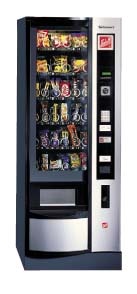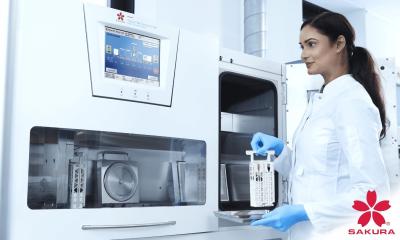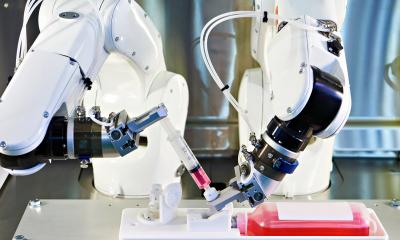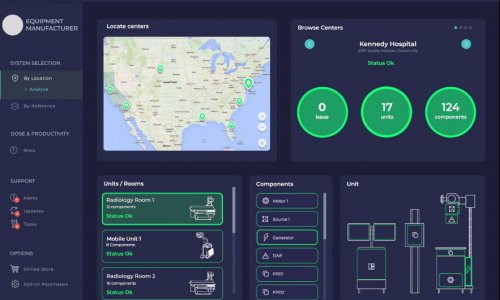24/7 Shopping in Hospitals
Smart automats get smarter
Ever since the American automats that brought about fast food living were reduced in size, people have become used to picking up a quick bite.

Today, vending machines not only offer food, but also essential supplies, and the range of other possibilities is enormous. In hospitals, for example, their effects prove helpful for hard-pressed staff and resources, as well as for patients and their visitors.
Coffee dispensers, for example, have been available for ambient patients for some time. If comfortable seating is provided nearby, the area also can become a place where they communicate or at least enjoy a change of scene.
At Eu’Vend (www.euvend.com), a specialist trade fair for the vending industries, it was clear that companies have not missed opportunities presented by healthcare settings. Today, foods, such as crisps, confectionary, sandwiches, yoghurts, are as available as in railway stations and other public places. Along with this, machines with integrated microwaves can now dispense complete menus, so if strategically placed in hospitals, they could alleviate the problem of hospital cafeteria closing times.
Another possibility to help hospital patients is the customisation of contents. Magazines, newspapers, toiletries - even fresh flowers - can be dispensed.
Finding the cash to pay is also no longer a problem. Machines allow buyers to pay by cash card, or a personal smart card to be settled with the hospital during discharge, or even via a mobile phone that itemises the cost on the user’s telephone bill.
More importantly, perhaps, ‘tools’ machines that supply essential materials have been developed. These could be used by hospitals to dispense dressings, syringes, pills, and any other commonly used supplies, particularly those that have a habit of quickly running low. Merchandise information systems inside the machines, i.e. software that monitors sales volume and the frequency of individual items being taken out, can re-order according to demand, again saving valuable time for hospital staff.
Positioning a vending machine
They are not particularly small, and not many architects incorporate recesses for such items. Fire regulations also must be followed, and these do not allow possible obstructions against escape.
In addition, vending machines need to be near electrical and plumbing connections, and not too far from main hospital corridors. The BDV (Bundesverband der Deutschen Vending-Automatenwirtschaft), based in Cologne, naturally favours architectural designs for future hospitals that incorporate ‘vending machine routes’.
If more vending machines should be required later, this also needs careful planning to meet all rules and regulations. However, as acceptance of these aids has increased, and because this method of supplies distribution has evident advantages for hospitals, their installation is a worthwhile consideration.
Fortunately, today’s vending machines tend to be better designed and illuminated, and can even help to cheer up a neglected recess or bare hospital corner.
Report: Anja Behringer
23.05.2006










